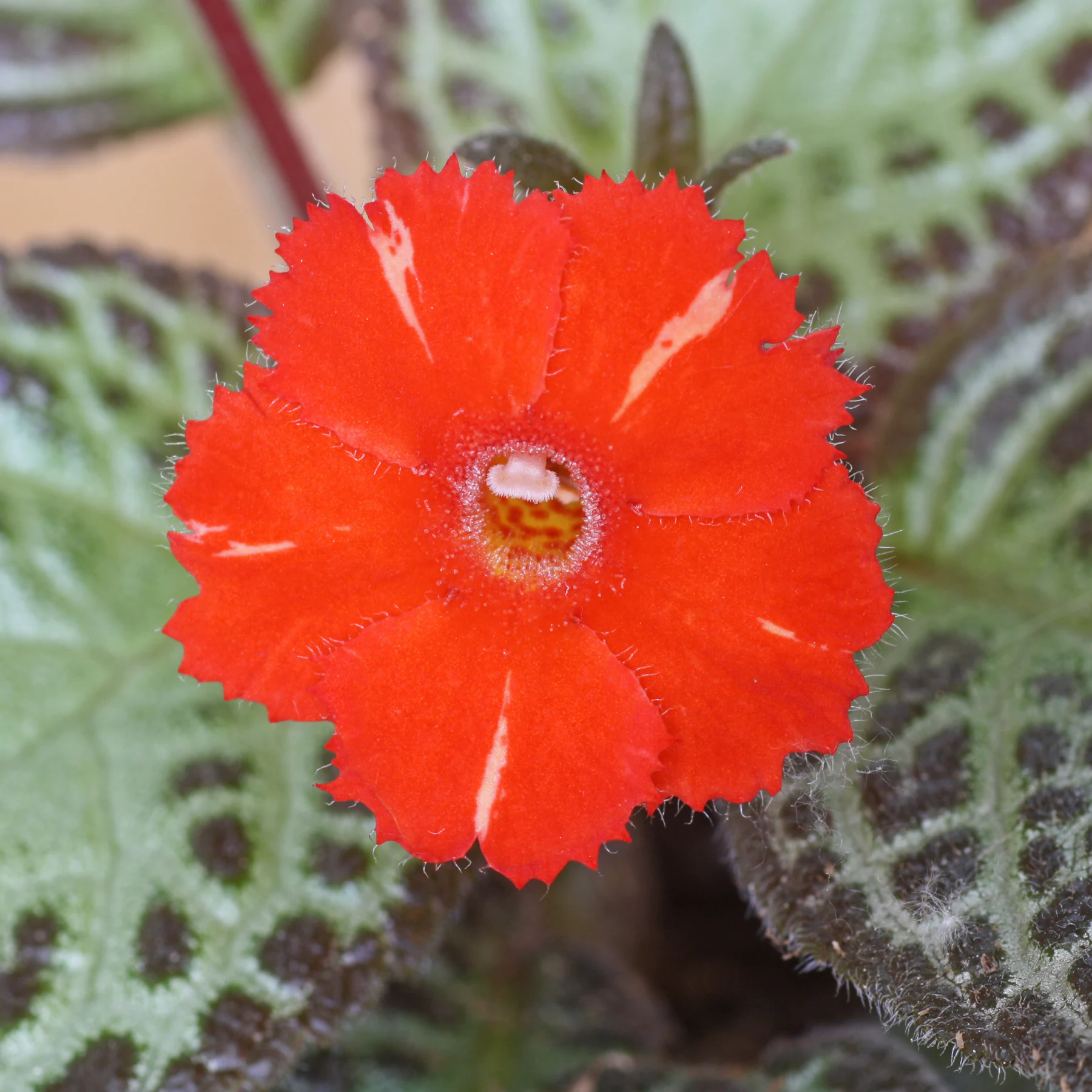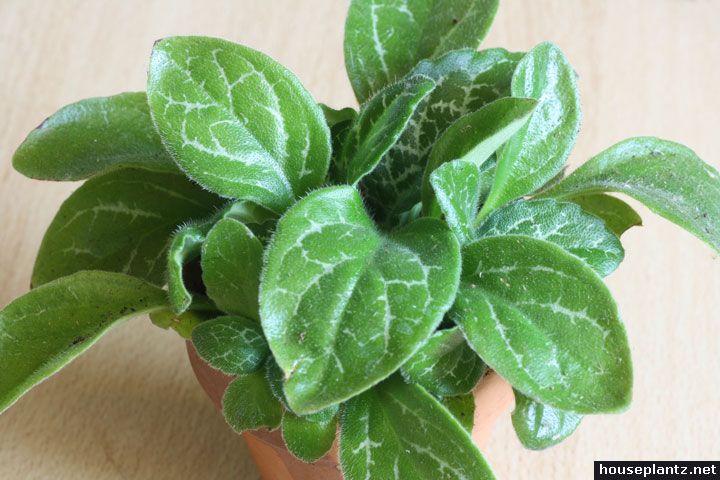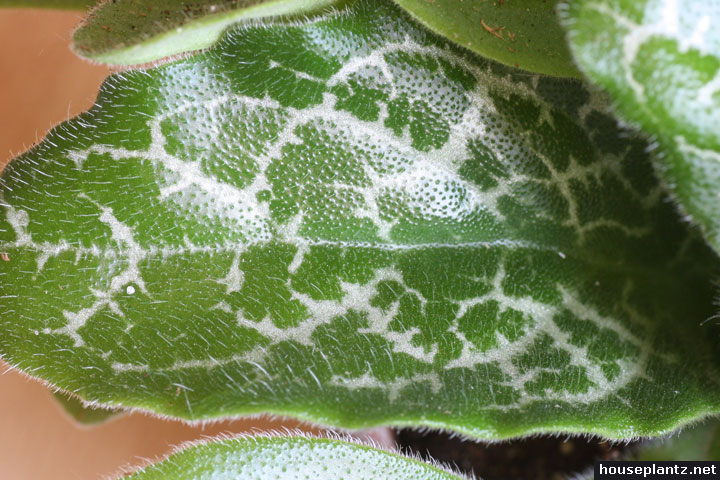Flame violets are a member of the Gesneriaceae family, and the genus Episcia has about eight members. Native to Central and South America, they’re related to African violets. Episcia cupreata cultivars come in a variety of patterns and colors, such as red or silver leaves and orange, red, or pink flowers. Mature plants make runners and are ideal for hanging baskets.

How to care for Episcia cupreata
The flame violet grows good in bright locations. It can tolerate a bit of morning or evening sunlight such as winter sun or a lightly shaded area.
It can be grown in a standard potting soil or a specialized mix for African violets. I use a mix of potting soil, coarse sand, and grit in a ratio of 3:1:1.
Keep the soil evenly moist, avoiding excess water as it may cause rot. It’s okay for the soil’s surface to dry between waterings, but it should not be completely dry.
In the spring/summer, give a fertilizer that is half diluted with water once a month. Newly-purchased or recently repotted plants do not need to be fed for the first year. During the winter, they don’t require feeding.
Episcia cupreata prefers warm temperatures year-round and requires a winter minimum of around 15°C/59°F. When the temperature is in this range, watering can be decreased, and feeding isn’t necessary. However, the soil should not completely dry out. A slightly cooler winter location can aid in blooming in the spring.

Propagation
Episcia cupreata can be propagated from seed, stem cuttings, or leaf cuttings, and the process is similar to that of African violet propagation.


